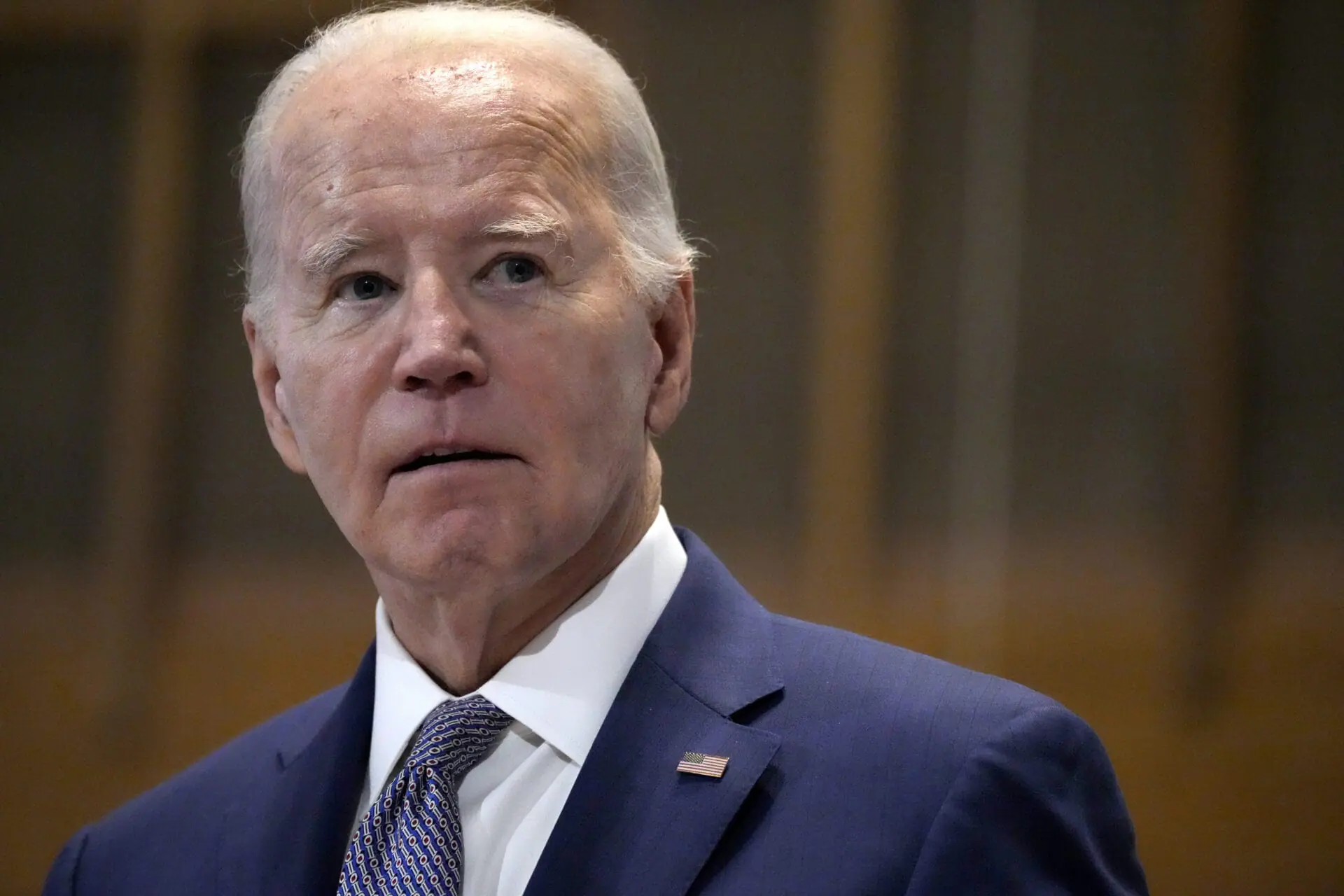Biden administration rolls out strongest pollution standards for heavy-duty trucks and buses
(CNN) — One week after rolling out the country’s strongest-ever federal tailpipe standards for the cars most Americans drive, the Biden administration is doing the same with the biggest, most polluting vehicles on the roads: buses, commercial vans and freight trucks.
The new rules for heavy-duty vehicles bear many similarities to their counterparts for smaller cars and trucks and will push the industry toward zero-emission technology. The Environmental Protection Agency estimates the changes will cut 1 billion tons of planet-warming pollution by 2055.
“I’m so proud to announce that EPA is finalizing the strongest national greenhouse gas standards for heavy-duty vehicles in history,” Environmental Protection Agency administrator Michael Regan told reporters.
The rule is technology-neutral, meaning vehicle manufacturers can meet the standards how they choose: advanced internal combustion engine vehicles, hybrid vehicles, plug-in hybrid electric vehicles, battery electric vehicles and hydrogen fuel cell vehicles.
However, the rule won’t necessarily mean there will be many more electric heavy-duty trucks on the roads in the coming years. By the early 2030s, EPA modeling predicts between 12-25% of the biggest freight trucks on the road will be zero-emissions vehicles. For smaller classes, like beverage or dump trucks, it could be closer to 40%.
Like its light-duty counterpart, the new standards will be phased in gradually, giving vehicle manufacturers flexibility and allowing more time for clean fuel infrastructure to get up and running. The standards will ramp up more stringently after 2030.
While the light-duty cars and trucks that most Americans drive are the biggest contributors to transportation pollution, medium and heavy-duty trucks play an outsized role: They represent about 5% of the overall vehicle fleet, but contribute about 20% of total transportation climate pollution, according to White House national climate adviser Ali Zaidi.
Still, moving big trucks to cleaner fuels isn’t as easy as buying an EV. These vehicles – especially long-haul freight trucks – need to travel long distances and be able to carry heavy loads. Hydrogen fuel cell trucks are better for those reasons, but the technology is still relatively nascent compared to battery-electric models.
“We are making deep cuts to emissions from our nation’s transportation sector investing billions of dollars to replace older vehicles and engines with cleaner alternatives and creating thousands of good paying American jobs in the process,” Regan said.
Another issue is cost, as many cleaner vehicles are more expensive than diesel vehicles.
The trucking industry has been split on the new rules. Some manufacturers like Ford and Cummins are supportive of the EPA’s timeline. But several industry groups, including one representing small business truckers, have voiced concerns about meeting the regulatory timeline.
“We are concerned that the final rule will end up being the most challenging, costly and potentially disruptive heavy-duty emissions rule in history,” said Jed Mandel, president of the Truck and Engine Manufacturers Association. To be successful in the transition, “all parties need to be better aligned on the realistic timing for delivering the products and infrastructures critical to achieving the successful outcome we all want.”
White House national climate adviser Ali Zaidi pointed to tax credits that can be used to defray the cost of buying clean commercial vehicles. The Biden administration has also made clean buses a major priority, replacing diesel school buses all over the country and awarding federal funding for some municipalities to replace their public buses, too.
Officials and environmental groups said the rule is major step forward for public health and environmental justice in communities near major trucking corridors.
“Today’s announcement is a big one in terms of cleaning up the pollution from these vehicles on our roads and highways and importantly, the pollution that impacts our communities and our kids,” Zaidi said.
